Summary
In this work, the problem of the structural behaviour in natural fire is consid- ered. The performance-based structural fire engineering approach is used. Hence, models called in Eurocodes advanced calculation models are used for structural analyses. According to Eurocodes, these models are design methods in which en- gineering principles are applied in a realistic manner to specific applications. Thus, analysis objectives are defined in terms of performance criteria. In this work, the fire resistance of the structure is used as a performance criterion.
An integrated framework for analysis of structures in natural fire is developed. It integrates analyses of the fire development in a building, heat transfer from fire to the structure, and the response of the structure in fire. In the developed frame- work, all the models being used are based on the mathematical models describing the physical processes. The fire modelling is done with the use of Computational Fluid Dynamics (CFD) models. For the solution of the mechanical problem of a structural response, a nonlinear finite element method is incorporated. The heat transfer between the fire environment and the structural members is modelled us- ing an original heat transfer model. The heat transfer model creates a link between the CFD fire analyses and analyses of structures in fire.
The work starts with a theoretical elaboration about modelling of physical phe- nomena observed in buildings during a fire. These considerations are divided into parts describing fire modelling, modelling of mechanical phenomena occurring in the structure during a fire, and heat transfer between the fire and the structure. In the first part, mathematical models for fluid flow, turbulences, combustion, soot production, and radiation are described. Special concern is put into the mutual relationship between these phenomena and the necessity of including them in fire modelling. In the second part, considerations are directed into mechanical phe- nomena. A special concern is put into the sources of nonlinearities arising during fire. Both geometrical and material nonlinearities are taken into account. The di- rect source of these nonlinearities is high temperature in structures in fire. It causes additional thermal strains and reduces material properties. Considerations in this part provide the extensive theoretical background for the analyses of the structures with respect to the developed performance-based framework. Therefore, the in- fluence of a nonuniform temperature field inside a cross-section on the stiffness of beam elements is highlighted, and qualitative explanation of mechanical pro- cesses in fire is given. In the last part of the theoretical considerations, the problem of heat exchange between the fire and the structure is formulated. Mathematical models of convection, radiation, and conduction are introduced, and the concept of an adiabatic surface temperature (AST) is also presented. An original, analyti- cal solution for an AST is given.
The heat transfer model is an original research contribution. It establishes a coupling between fire analyses, carried out using the CFD-based approach, and structural response analyses that use finite element method modelling. The devel- oped heat transfer model is dedicated for analyses of heat transfer between the fire and framed members. In framed structures, the projection of structural elements inside the CFD grid is impossible in practical cases. Steel framed structures are a good representation of this problem. In these kinds of structures, the cross-sec- tional dimensions are too small to accurately include them in CFD grids of prac- tically used sizes.
The heat transfer model is based on the use of virtual surfaces. They are intro- duced into a CFD model to quantify a thermal exposure around the cross-section of a structural element. Introducing virtual surfaces into the model does not influ- ence the fluid flow. Hence, they do not have to fit a computational grid, so they can be arbitrarily placed in a computational domain. Virtual surfaces are set to be adiabatic. Hence, the output quantity is the adiabatic surface temperature (AST). AST allows for the quantification of the thermal exposure taking into account both convection and radiation at a particular point in a certain direction. In the heat transfer model, for radiation calculations, virtual surfaces take a form of black body radiators which interacts with cross-section surfaces.
An analytical solution for the adiabatic surface temperature is derived. The so- lution has been implemented by developers of a fire development CFD solver called FDS. Thanks to this implementation, the practical usage of the developed heat transfer model became possible. Additionally, this solution, after some mod- ifications, contributed to experimental measurements of fire exposure. It allows us to calculate an AST, based on a plate thermometers output, using a closed-form formula. This has been used in the validation process of the heat transfer model. The laboratory tests of steel sections exposed to localised fires are an integral part of this research.
A mechanically based method for determination of fire scenarios is a comple- mentary element of the developed performance-based framework. It supports the selection of the worse placement of a localised fire based on mechanical premises. It finds the structural element, or group of structural elements, with the highest importance in load bearing. Next, the localised fire is placed in the CFD model, in the vicinity of such a chosen structural element.
A calculation example of a structural response in natural fire is presented at the end of the thesis. These analyses aim to show the effectiveness of the developed framework. The offshore structures factory is chosen as an exemplary structure. The structure is capable of carrying significant loads in normal conditions, result- ing from the operation of heavy cranes. Thus, it is presumed that the structure is robust in fire, since the cranes do not operate. The resistance of the structure in fire is checked according to the developed framework. Despite the conclusion about the fire resistance, the example is used to indicate the phenomena, which are possible to be observed when the developed framework is applied but could not be observed using simplified models.
It is concluded that the effects caused by the nonuniform temperature distribu- tion inside the cross-section can importantly influence the structural response of the system. It is shown that the developed heat transfer model enables effective calculations of a temperature field inside steel sections and further use of these results in mechanical analyses of the structure. The developed framework utilises capabilities in prediction of structural behaviour of beam finite elements where stiffness is updated during the analysis. This allows for the analysis of the entire structural systems where the temperature field is evaluated in a detailed way. In this work, the method for determination of the position of a localised fire is pro- posed. The method is based on the identification of structural elements that play a crucial role in load bearing. It has been proven that the developed integrated framework for analysis of structures in natural fire enables effective analyses of the physical phenomena observed in fire, considering fire development, heat transfer to structure, and the structural response.

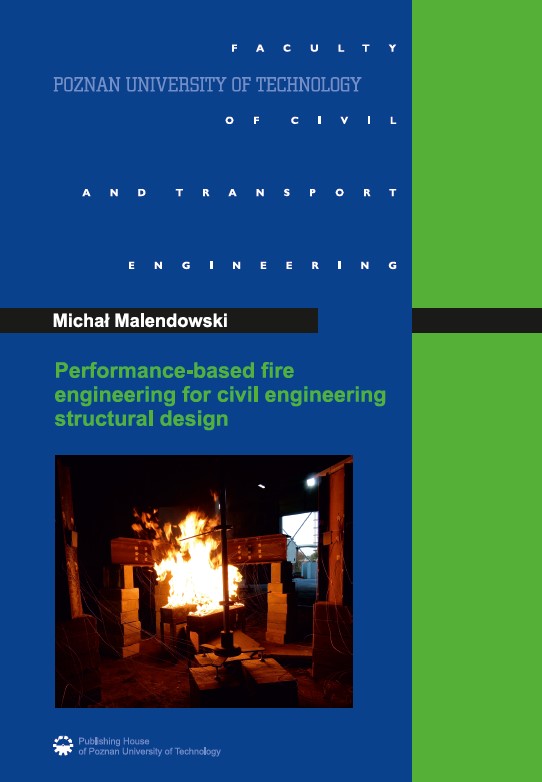
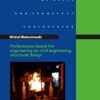
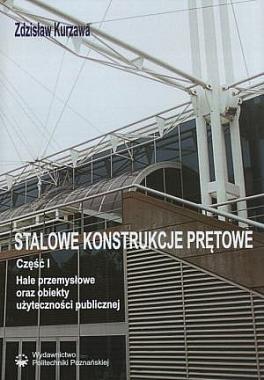
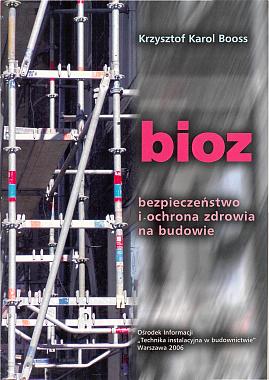
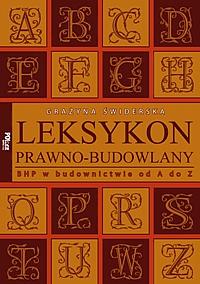
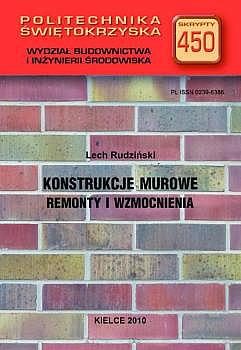
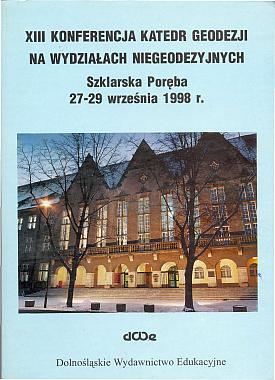
Opinie
Na razie nie ma opinii o produkcie.